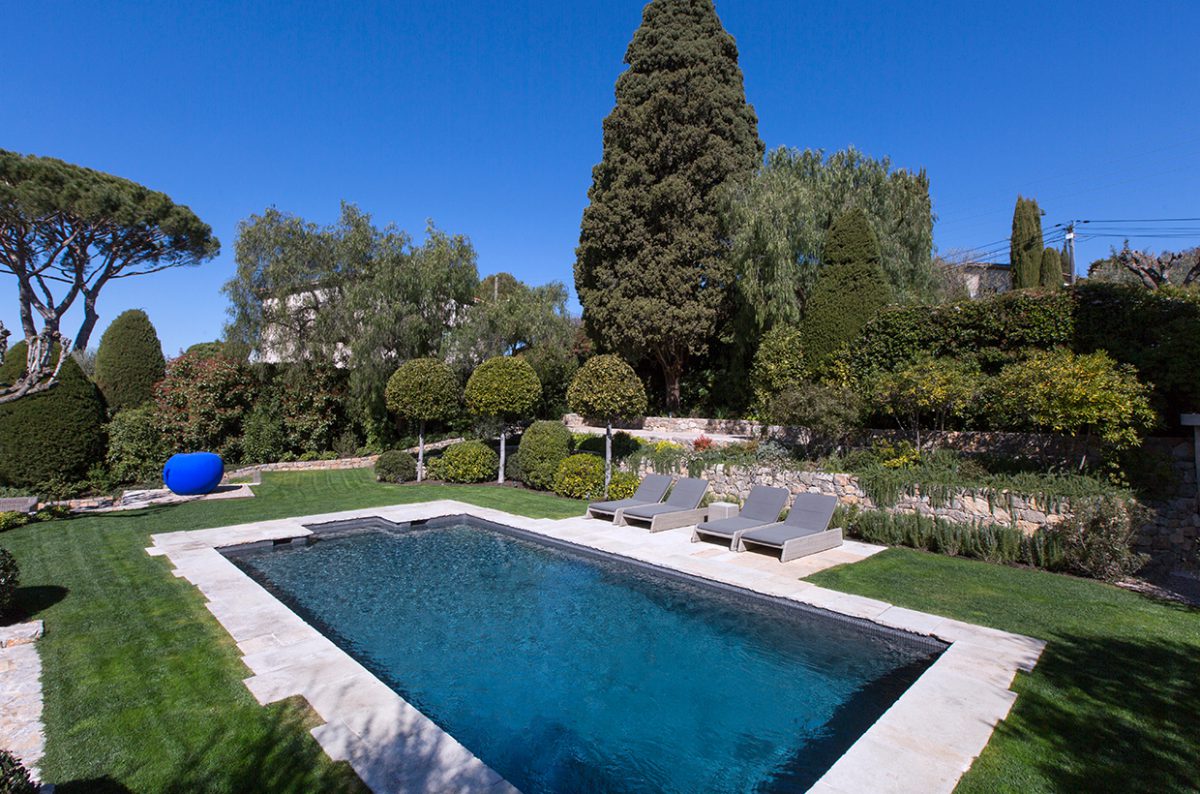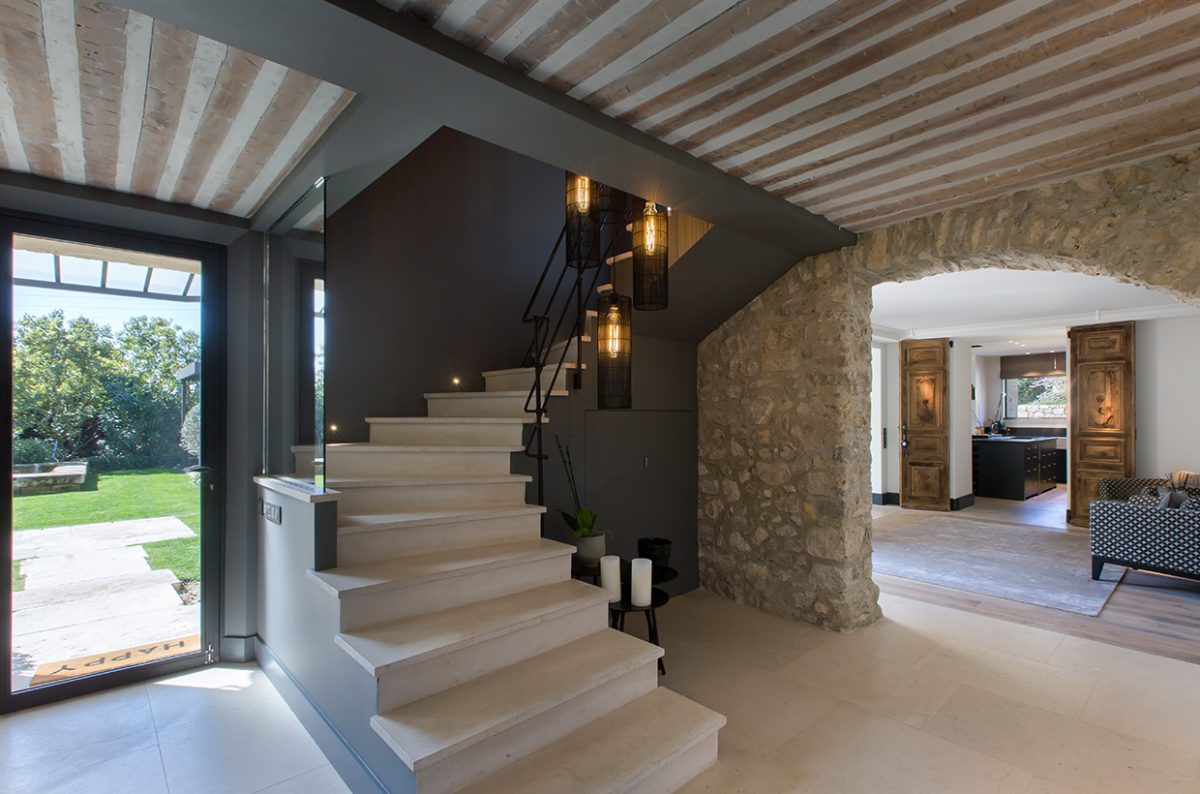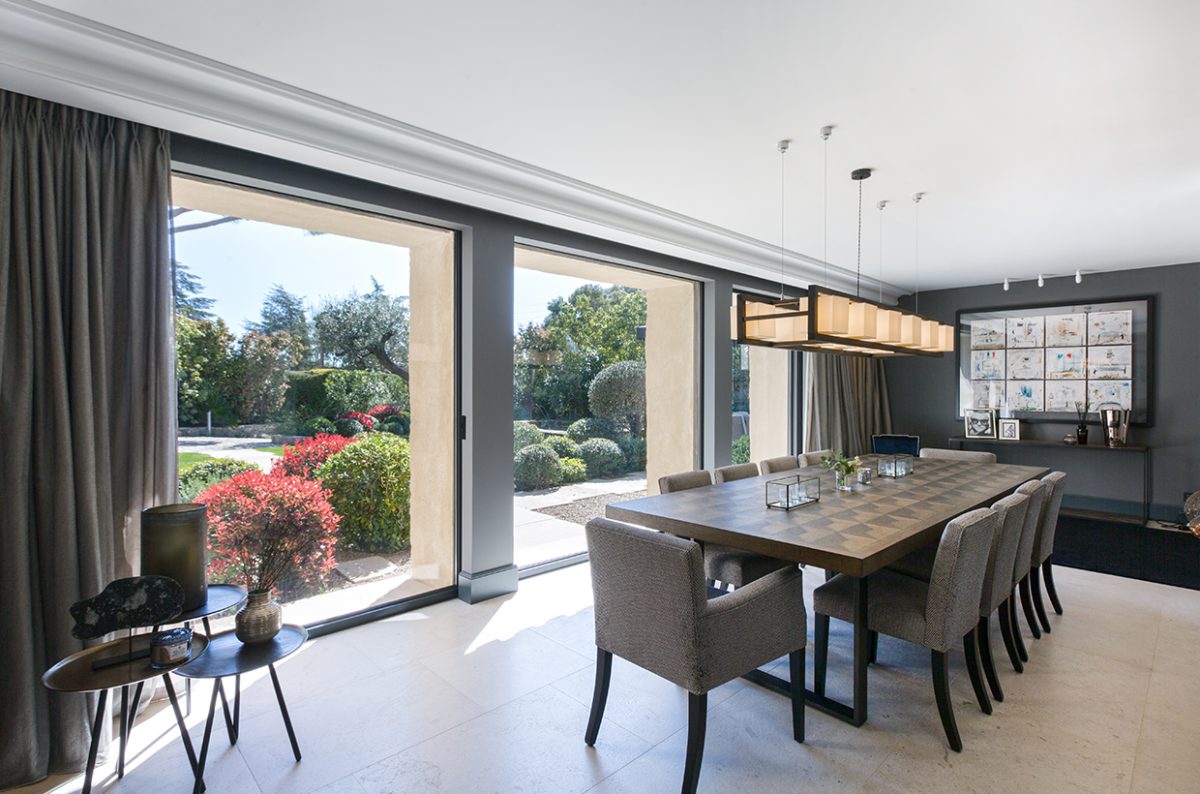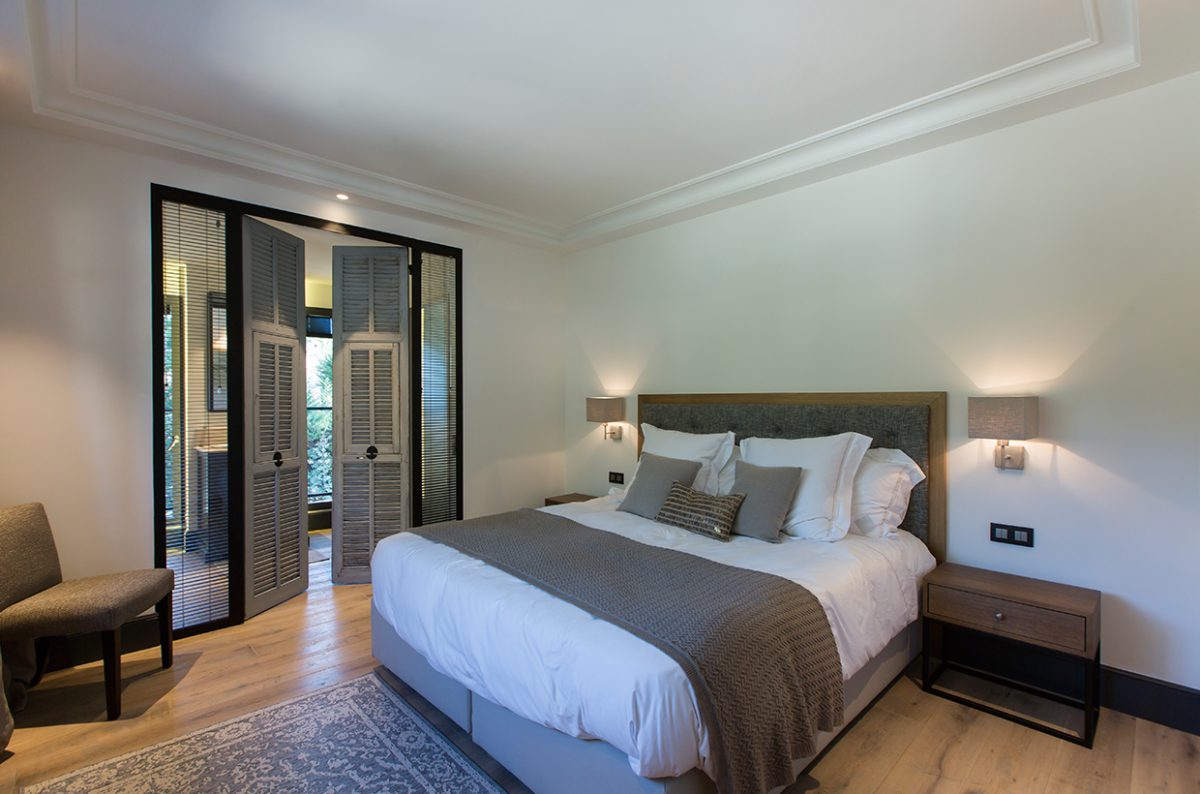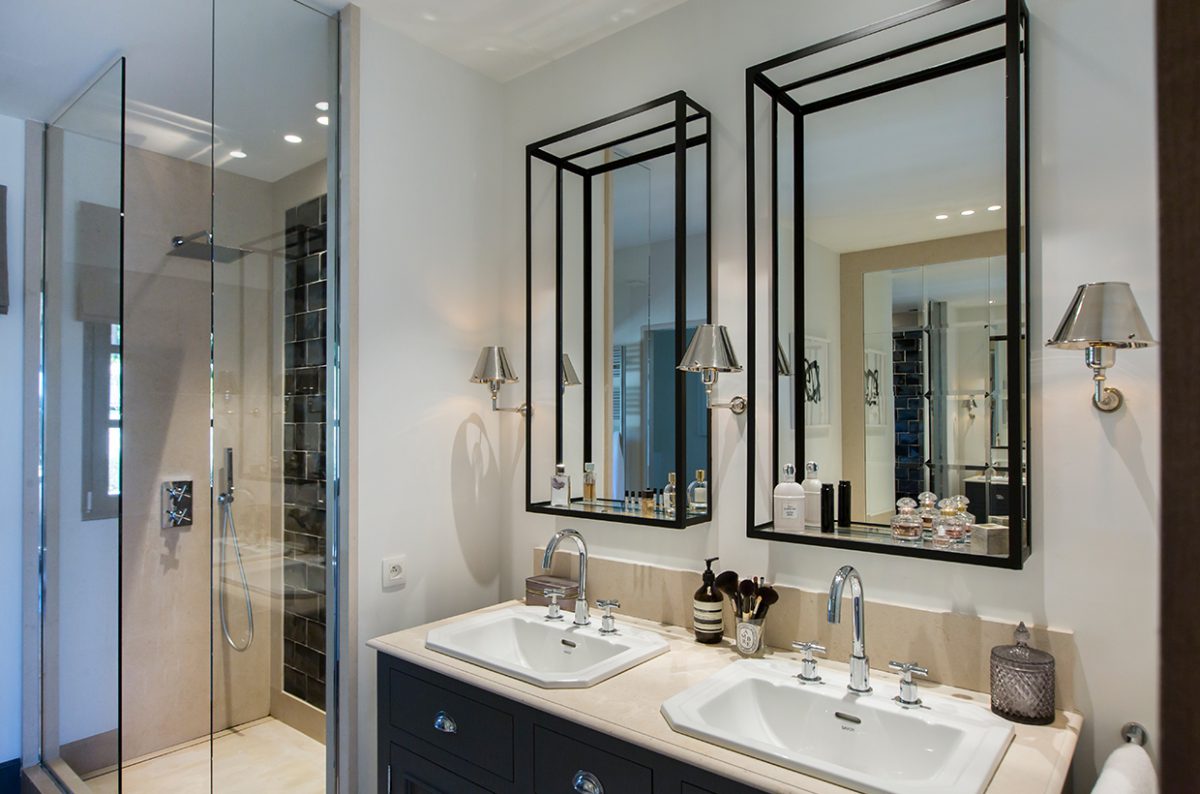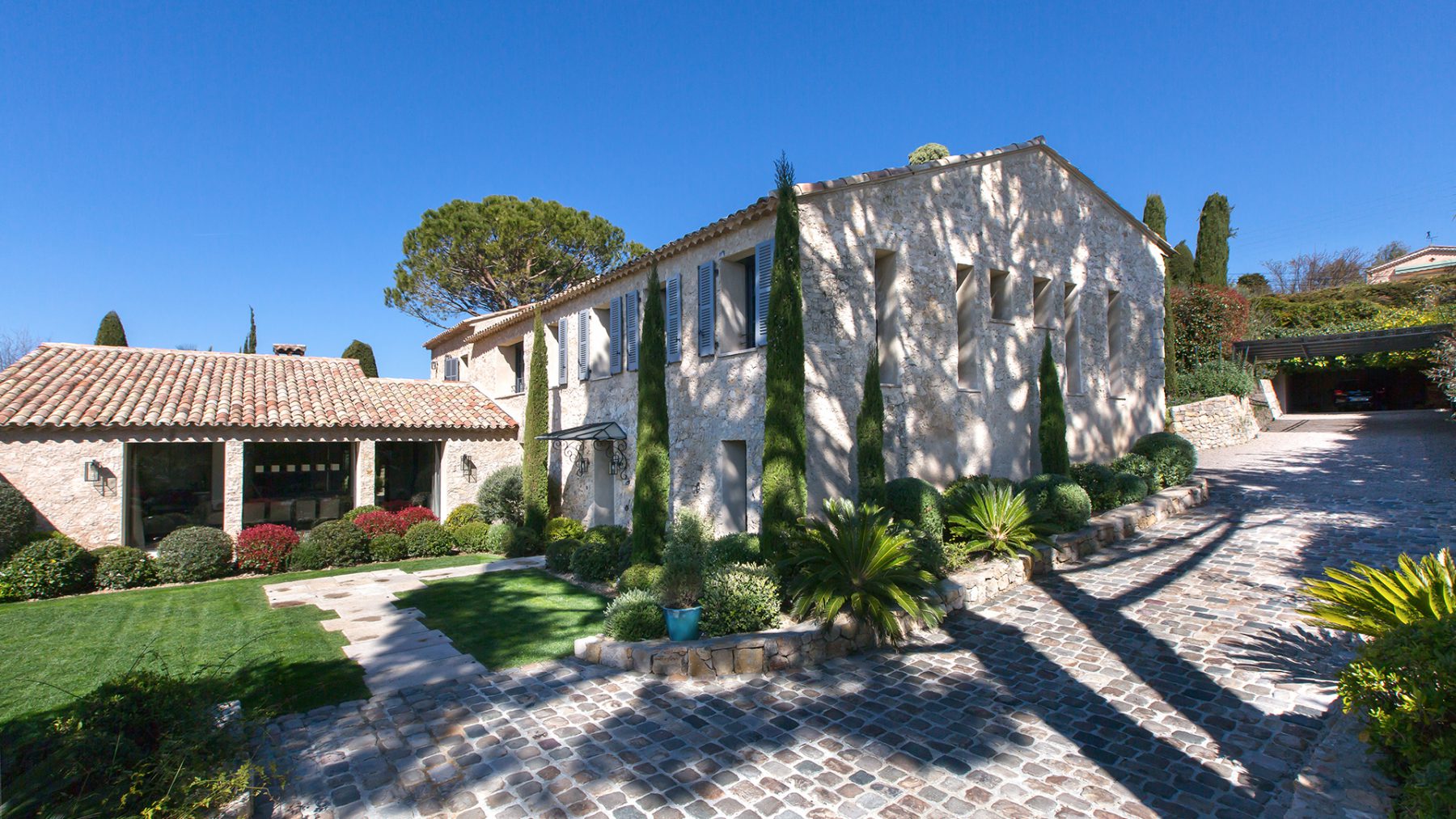A Jewel Steeped in History by Uta Abendroth | 6th September, 2019 | Prime Properties
The medieval mountain village of Mougins lies on a rocky plateau in the hinterland between Cannes and Grasse. The charm of this place, known for its excellent cuisine, has drawn artists and famous figures over the years including Pablo Picasso, Jean Cocteau, Winston Churchill and Edith Piaf. This 17th century estate, where jasmine was once dried, was one of the first substantial residences to be built in Mougins.
Pablo Picasso spent the last 15 years of his life in Mougins. The medieval mountain village also inspired Christian Dior to create several of his collections. Jean Cocteau, Fernand Léger, Paul Èluard, Man Ray, Winston Churchill, Catherine Deneuve and Jacques Brel also all made pilgrimages here. Painters, photographers, designers, poets, actors and politicians from around the world discovered one thing above all else when they arrived: peace. Mougins lies high up on a rocky plateau in the hinterland between Cannes and Grasse. It is delightful countryside full of pines, olive trees and cypresses, ideal for relaxing holidays. From the village, where ancient alleyways, the remains of a 15th century fortress wall and Saracen door have all been preserved, you can look out and admire the Bay of Cannes, the beautiful Lérins Islands and the foothills of the Alps.
As if that wasn’t appealing enough in itself, this tranquil little artist colony is also renowned for its sensational gourmet cuisine. There are more than 40 restaurants offering both typical Provençal delicacies and international dishes. Among the most exclusive addresses in the old town are ‘Le Moulin de Mougins’ and ‘L’Amandier de Mougins’; in September the annual “Les Ètoiles de Mougins” takes place – a festival dedicated entirely to gastronomic delights. Northeast of Mougins, outside the village itself, lies an estate that dates all the way back to the 17th century and was one of the very first buildings to spring up in the region. It is an L-shaped design constructed from irregular ochre-coloured stones that sits nestled in the undulating scenery. In the past, horse-drawn car-riages delivered jasmine, which was then dried in one area of the former farm-house. This was – and still is – typical for this region around the municipality of Grasse, which has a reputation for being the world capital of perfume. Since the 17th century, perfumiers have been extracting the floral scents here, especially from jasmine and orange blossoms.
Peace and tranquillity reign throughout this 400-year-old house. There is a real sense that everything here coalesces in perfect harmony.
Since its original construction, the house has been completely transformed, at least inside. But the fact that horses were once tethered here can be seen where the metal rings have been preserved in the walls along the lower section of the house, even after modernisation. When it was converted into a modern and comfortable holiday home, the exterior remained almost entirely unchanged. Only a few large openings for patio doors, which can be completely retracted, were hewn into the thick stone walls along the single-storey elevation of the building: on the ground floor, where the large living room can be found. And in order to allow more light through into the first floor of the main house, windows narrow embrasures, were incorporated into the end walls. The other windows are framed by light blue shutters that allow those dwelling within to block the Mediterranean sun out of the bedrooms completely.
Inside, some of the original building features have been preserved. The old barn’s ceiling with its exposed wooden beams can still be admired looming high above the salon. This forms an appealing contrast to the smooth plastered white walls and black window frames. In the entrance hallway, where the two wings of the building – the residential house and the former barn – meet, the rustic look of the outer walls is echoed: with roughly hewn stone in all shades ranging from beige to grey. This is juxtaposed by the staircase, designed with precise, straight lines and painted in anthracite – a visually stunning contrast. Especially because the stone steps in light beige again make an interesting counterpoint. The large old fireplace with its high mantelpiece provides cosy warmth in the wintertime or on cool evenings, and there are even some wooden doors with their slightly weathered surface on full display that still serve their purpose. The current owner says that she was very respectful of the atmosphere of the original building during the renovation work. She has always felt the desire to travel back in time, and to sense that nothing has changed, that everything is in harmony.
‘Le savoir-vivre’ at home: By the cosy fireside in winter, with doors wide open in summer.
The ground floor is surprising for its generous dimensions. One could be for-given for expecting rather small and gloomy rooms in such an old house, but instead an almost loft-like ambience opens up. The living room is separated from the dining room only by a glazed wall, while the kitchen with its counters and bar stools forms an integral part of the space. It is the colours white, anthracite and beige with occasional accents in wood that give a unison to the entire scene. Even the upholstery of the armchairs in the salon, the sofa cushions and the bar stools in the kitchen are identical. The raised ground floor hosts a bedroom complete with a dressing room and bathroom. On the first floor of the main house there are three more bedrooms, each with their own bathroom. There is also a television room with a bedroom and bathroom that has its own separate entrance.
Great effort was poured into the redesign of the property’s grounds. The garden, planted with a variety of Mediterranean flora, was conceived by the architecture practice ‘Archi Paysage’ and the realisation was carried out by landscape gardeners from the local company ‘Elite Paysage’. There are several designated areas, such as the French garden with rose bushes, peonies and hydrangeas, the scented garden where herbs can be picked for the kitchen, and the so called welcome garden with an old water feature. Residents and guests can sit here under the cover of a pergola, enjoy a game of boules in the shade of the trees, or unwind by the large pool. Art, which plays an important role in the interior decoration of the house, also sets accents in the garden. For example, a giant apple from the ‘Fruits céramique’ collection, designed by Brazilian artist Lisa Pappon, which shines in an intense blue reminiscent of Yves Saint Laurent’s house in the Jardin Majorelle in Marrakech.
The property is ideally located as well: Just 15 minutes from Cannes, its beaches and festivals. Some eight kilometres to Grasse, 40 kilometres to the nearest winter sports resort, and only 30 minutes to Nice International Airport. Anybody fortunate enough to make the journey here and experience this place with find a special way of life in Mougins: a sense of relaxation that is hard to match anywhere else.
